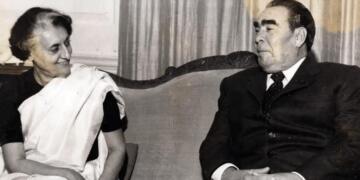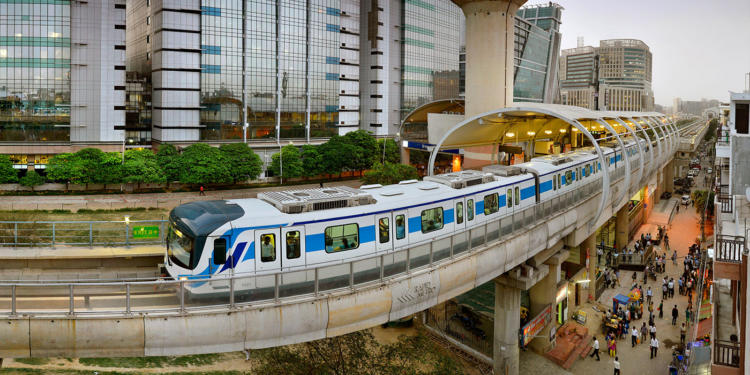The marvellous, fully elevated Rapid Metro, zooming the length and breadth of the Millennium city and connecting NH8 to Delhi Metro through Cyber City and Golf Course Road might just be an operational memoir of crony capitalism under the patronage of the UPA government at its zenith of corruptibility.
In September 2007, DLF proposed the Gurugram metro project between Sikanderpur and NH8 to government of Haryana and with the consultancy services of IL&FS, prepared a Detailed Project Report (DPR) to be produced before the Haryana Govt. The report claimed fantastical ridership potential, projecting expected traffic at 1 lakh riders per day from the first year of operation itself and about 2.2 lakh by 2015, but in reality, even till this day, the number has not crossed 50,000 per day.
It should be noted that the conception and approval of this expensive, elevated metro project was based on these fraudulent numbers. Banks were dragged into funding this project while Haryana Govt granted right of way and land for the Gurugram metro line and stations for only a share in non-fare revenues and connectivity charges.
With an IPO raising more than Rs. 9000 crores, relisting on the bourses, and a towering share price upto Rs. 1200, DLF was at its pinnacle around the years 2007-08 until the global financial crisis hit one and all and so was at its peak a brazen UPA’s pro-Damad Shree crony capitalism while bureaucracy witnessed the culminating affair.
In 2008, the Haryana Urban Development Authority had invited expressions of interest to build the Gurugram Metro line on build-operate-transfer (BOT) basis with a 99-year lease after DLF’s proposal. Another tender was invited so that the metro could connect with Cyber City at the behest of DLF. But even when DLF’s good run halted when the market came crashing down, and it withdrew from the project, Haryana govt went forward with the project. That’s when IL&FS Transportation Network Ltd. became the sole owner and now various subsidiaries have a stake in Rapid Metro Gurgaon Ltd. The infrastructure project bore a cost overrun of about Rs. 675 crore, that is, from an estimated Rs. 325 Crore to about 1000 crores.
Haryana Govt allowed this rise in project cost, and the question lies on whom among the IL&FS management and its subsidiaries benefited from the fees generated by this generous spike.
In 2017, The Comptroller and Auditor General (CAG) had lambasted the HUDA over its failure to enforce terms of concession contract resulting in non-recovery of Rs. 1.57 Crore for delayed payment of connectivity charges and charging of excess passenger fares amounting to Rs. 11.84 crore, by RMGL.
But in 2018, RMGL issued a notice to Haryana Govt over breach of concession contract and making a claim of Rs. 1484 cr. This was around the same time the debt-driven turmoil in IL&FS started to surface. RMGL made a ridiculous allegation that the govt had promised that no commercial mode of transport (like shared autos) would be permitted on the metro route. This is an outrageous claim that needs to be investigated for the sake of seeing how low government officials stooped to facilitate this scam.
Even though DLF pulled out of the joint venture it benefited by obtaining metro connectivity to Gurugram through Cyber City, DLF Phase-2 and DLF Phase-3. The fraudulent numbers in a DPR prepared by IL&FS in collusion with DLF drove the entire project even through a cost overrun, and the banks that lent to IL&FS have to put up with this yet another failing asset. Not only does this raise questions on whether the functioning of this giant and indispensable Indian company was compromised, but also whether the Haryana government and DLF colluded with each other since it will not be the first time.
For years, activists, including IAS officer Ashok Khemka, and political opponents of the Congress have been alleging a nexus between Robert Vadra, DLF and Haryana Government for helping Vadra acquire illegal land deals in Haryana. The rise of Robert Vadra in connivance with DLF under Bhupinder Singh Hooda’s 10-year rule in the state of Haryana is another perceptual example of the Congress’ perpetual abuse of power.




























